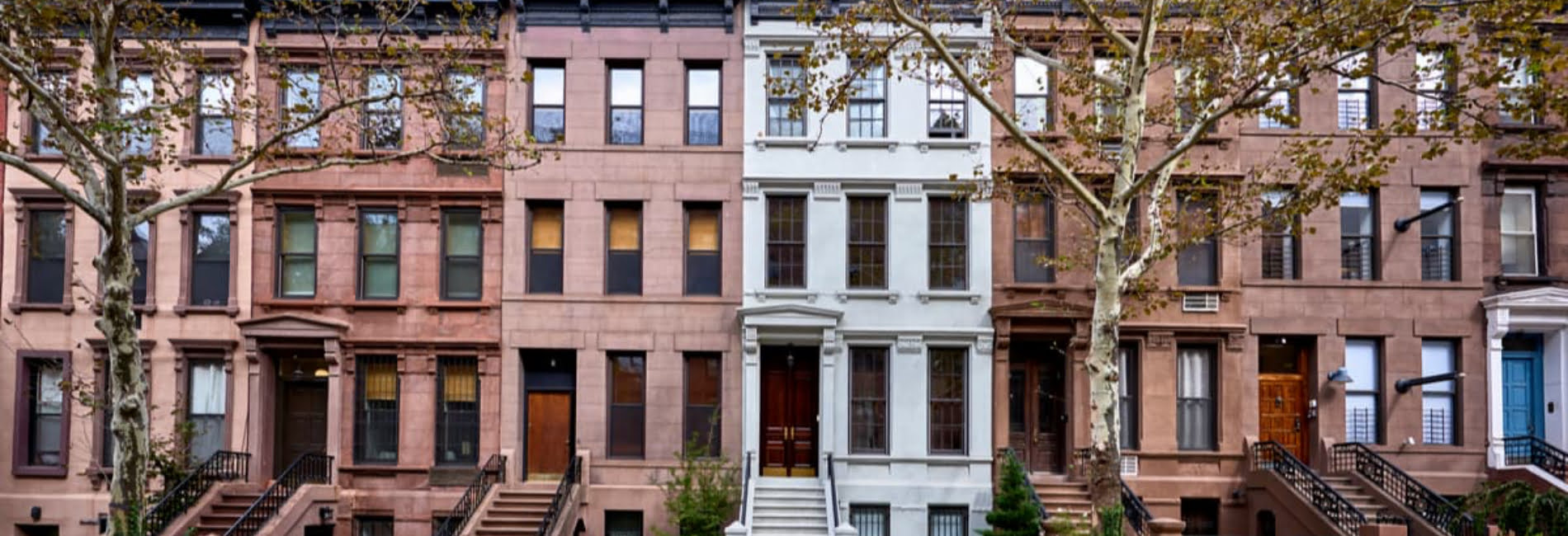Between work from home and online learning, it’s no surprise that connectivity needs have changed dramatically since COVID-19 began. A few stunning statistics:
- Between 20 and 40% of the US workforce is now working from home full time.
- Customers use LTE hotspots 40% more often to share connections across devices (CTIA).
- Online video conferencing will grow by more than 3x in the next five years (Global Market Insights).
Accordingly, consumer expectations have grown exponentially when it comes to wireless connectivity. Their home (or really anywhere that isn’t their office) now needs to provide the same level of lightning-fast, reliable broadband as they’ve come to expect at work. More and more, they are turning to landlords themselves to solve for these basic needs.
That leaves multi-family venues with a choice: keep spending money on existing connectivity solutions, or invest in dedicated cellular connectivity for their users.
Can Home WiFi Connectivity Keep Up?
Residential connectivity typically means WiFi. It’s the default, and often only, option provided by the facility. But that leaves us with a critical question: can WiFi meet these new sky-high needs?
The answer? Not really.
Unfortunately, that means pretty severe business costs for venues that depend solely on WiFi.
Challenge 1: It’s Not Secure or Reliable
At its best, WiFi is 99% reliable. That’s a pretty great margin — until you consider that there are a total of 8,760 hours per year. That 1% of downtime translates to 87 total hours lost each year, and in our permanently connected society, those 87 hours can mean missing crucial meetings or family moments. If your broadband provider relies on outdated wiring or has network traffic issues, as many consumers experienced during this pandemic, even 99% uptime becomes a fantasy.
Home WiFi connections are also far less secure, especially due to their frequent lack of encryption. VPNs provide some backup, but they’re slow — so workers and students often default to their own network. That’s a key reason data security breaches have risen significantly during the pandemic.
Challenge 2: The Infrastructure Wasn’t Built for This
Residential, hospitality and even university networks were all built based on predicted patterns of connectivity. For instance, apartment complexes planned on low usage from 9am-5pm while most users were at work. Infrastructure hasn’t been able to adjust quickly enough to overnight changes in usage.
It’s also a shared connection. That has been made painfully clear during lockdown as entire families watch their connections get drained by video uplinks and children’s video games. Even your neighbors can cut into your connection, because communities share the same node from the neighborhood service provider. When your neighbors aren’t sharing the same connection, they’re sharing the same spectrum, thereby reducing your available bandwidth. From Google Docs that won’t load to email attachments that won’t send, WiFi failure has become a common plight in households across America.
Challenge 3: It’s the Only Option
One of the biggest issues with WiFi is that the above challenges can’t be avoided because WiFi is the only existing option. There’s no backup system available. In many buildings like sprawling hospitals or new apartment buildings, cellular signals can’t penetrate the walls, which leaves users without an alternative in the moments when they need it most.

Why Cell Coverage is the Solution
Venue owners and managers across industries are confronting a harsh reality: WiFi alone is no longer good enough. If you’re only offering your consumers and residents WiFi, your service may be creeping toward substandard.
Each venue can benefit from offering another option — and more specifically, the best cell coverage possible. Cellular connectivity is:
- More reliable: 4G LTE and 5G are 99.99% reliable, which means minutes rather than hours of downtime a year.
- Faster: Standard connections take 10 minutes to download a large file like a movie. 5G takes seconds.
- Private, not shared: Neighbors or even neighboring buildings won’t make a dent in your connection because the venue is in the driver’s seat, not subject to the ISP’s service node or off-the-shelf routers and devices.
So, how do you install cellular coverage in your venue? Most likely not by hoping that wireless carriers will happen to install a giant cell tower right outside your building or in the middle of your campus. Even if such a macro site were installed, chances are that it wouldn’t cover the indoor area of your building sufficiently, given the nature of signal propagation through walls and other obstacles.
The Solution for the Best Cell Coverage: DAS
Rather than a large macro cell site, you need small, dedicated antennas spread throughout the building. That’s exactly what indoor distributed antenna systems (DAS) do: provide cellular coverage within buildings so that consumers can access the internet over a dedicated and secure 4G LTE / 5G connection instead of — or in addition to — WiFi.
DAS is fully insulated from the chokepoints and flaws of a WiFi-dependent system because it leverages all the benefits of cellular connectivity. It’s also the only scalable way for venues to provide 4G LTE and 5G to end-users.
And when DAS is implemented under a venue-led model, it provides an assured financial and technical solution. In a venue-funded model, the building stakeholders have a final say in the system’s implementation. They can also spread the build and maintenance costs across many years for an affordable solution.
In other words, DAS offers a simple, comprehensive answer for venue managers inundated with questions about how to provide connectivity that solves for an explosion in new user needs. A DAS installation will leapfrog your connectivity offerings from subpar to superb, ensuring delighted customers during an era of high expectations.






